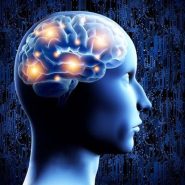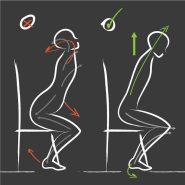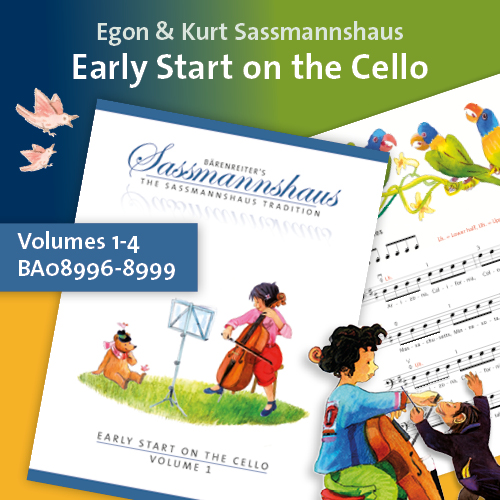Tag: movement
By Elana Katz March 26, 2013
Subjects Playing Healthy
Tags artistic clarity, balance, cellobello, clarity, comfortable position, concentrated creative expression, Cultivating softness, Elana Katz, elongation, energize, energy levels, exhale, heightened awareness, inhale, integrated into daily life, lungs, meditation, movement, muscular strength, nervous system, release, softness, strength, stretching, yoga
By Selma Gokcen March 11, 2013
Subjects Playing Healthy
Tags aiming for a goal, Alexander Technique, automatic, balancing the instrument, bow, breath flowing, cello, cello technique, cellobello, conceptions, evaluate, Experience, exploring our habits, framework for self-study, freedom, fundamental knowledge, Gokcen, inner composer, lasting value of Alexander Technique, left hand, movement, muscular tension, music, musical expression, nervous system, phrasing, physical pleasure of playing, place of silence, Preconceived ideas, pressure in the sound, psycho-physical, re-training of musicians, reactions, refining sensation and awareness, self-study, Selma, Six Part Series, subconscious patterns of learning, tension, thinking, Thinking in a new way, working with music
By Selma Gokcen October 2, 2012
Subjects Playing Healthy, Practicing
By Selma Gokcen June 15, 2012
Subjects Playing Healthy
By Aliza Stewart May 31, 2012
Subjects Playing Healthy
By Aliza Stewart May 18, 2012
By Selma Gokcen April 23, 2012
Subjects Playing Healthy
Tags Alexander Technique, anxiety, body, Casals, cello, cellobello, expression, Gokcen, movement, music, musicians, power, quietness, Selma, Spine
By Selma Gokcen February 12, 2012
Subjects Playing Healthy
Tags Alexander Technique, Awareness, body, cello, cellobello, Gokcen, healthy playing, lessons, Mind, movement, nature, Preparation, progress, repetition, Selma, sensations, Sensory, tension
By Selma Gokcen January 17, 2012
Subjects Playing Healthy
By Selma Gokcen November 3, 2011
Subjects Playing Healthy
By Selma Gokcen July 9, 2011
Subjects Playing Healthy
By Selma Gokcen April 25, 2011












